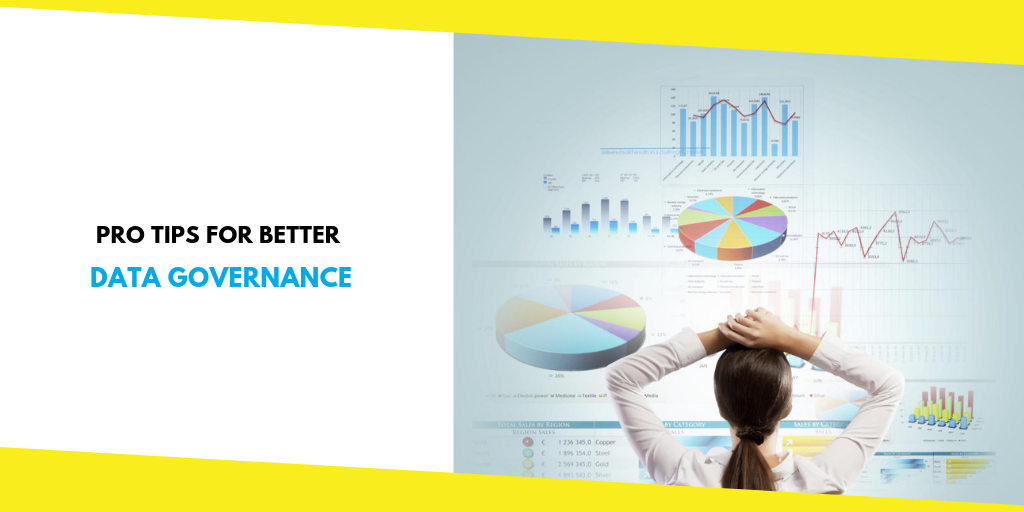Pro Tips for Better Data Governance

Contents
ToggleTips to Create Better Data Governance for Your Business
Businesses have a lot at stake when it comes to digital data. Since it can represent a large portion of their revenue, rules need to be implemented that secure its consistency and trustworthiness. If not, it is susceptible to hacks like those at Equifax and Capital One.
Better governance of your data
To minimize the risk of this from happening, businesses must institute data governance as a core metric in how they value their information and customers. Doing so allows organizations to understand the who, what, where, when, why, and how of their data as it is delivered or received.
Many businesses already have some form of this governance through regulation and security measures. However, they might not have an actual structure to deal with policy alignment, accountability, or value measurement. For those businesses, here are some tips to establish better governance of your data.
1. Understand the concept
What is data governance? It’s the set of guidelines put on the organization’s information to ensure the highest quality through its lifecycle. In other words, it’s a series of rules and the processes to ensure those rules are constantly followed.
2. Build a framework
The above definition cannot be implemented without an idea of how it can be done. For this, a data governance framework must be constructed. And to do that, a governance council must be established within the business.
Establishing a model for current and future governance provides the following:
- Assurances of corporate assets for senior managers
- Consistent and accurate financial reporting
- Trustworthy customer data
- The ability to meet increasing legal regulations
3. Set reasonable goals
Like any initiative, setting goals when governing data should be attainable and measurable. In addition, multiple goals shouldn’t be set at once. For example, don’t enact the same deadlines for data alignment, regulatory responsibility, and security improvement. One of these important tasks will fall behind and result in a potential backslide on progress.
To avoid this, set goals within the structure of the governance framework. The easiest to reach can be placed at the start of development. As the governance of data becomes more consistent the higher-end goals can be added. The result is a stronger and secure framework for your data.
4. Determine the data’s value
Within the governance framework data is not defined as to how success is mapped. On the contrary, data is the business’ product. Without it, the company doesn’t grow, let alone survive.
One of the first items on the governance body’s agenda must be valuing the data they currently own or receive. This monetizing practice not only determines its worth but also alerts the governance body on any extra measures that need to be added to the framework. Furthermore, it allows the data to mature and increase its value over time.
5. Plan first, then execute
As businesses go through this process, they must realize it is part of a larger operation. Data governance is simply the strategic portion. To execute the protections master data management (MDM) policy is required. One without the other leads to regulation confusion, lack of security implementation, and fluctuating data values.
Therefore, MDM needs to be added at some point of the governance strategy. Preferably, it should be in the middle of the maturity cycle. This permits many of the necessary governance goals to be reached while working on some of the larger one. Doing it in this manner can also alert the governance body if a protection is not working.
In the end, building a proper governance structure for data is a task that requires careful considerations and teamwork. Though it may take time, the result will be higher confidence in data as well as a constant stream of revenue.
You may like this
Recommended For You
How Marketing Automation Help Insurance Agents Generate Leads
Most Inside
Most Inside offers high-quality recommendations and valuable updates to enhance all aspects of your life, providing premium guidance and enriching experiences.




